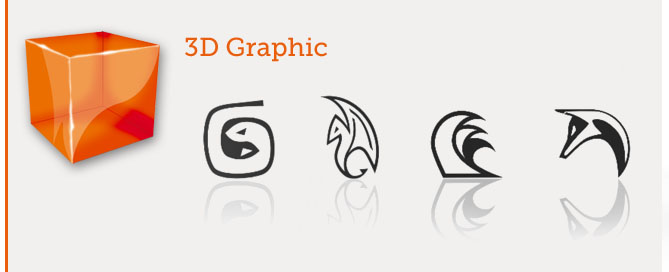3DS MAX – Micro Reference Manual – Particles – Event-Driven
GENERAL
Create a Event-Driven particle system
1. Right Column> Create> Geometry> Particle System> ‘PF Source’
2. click+DRAG in the Viewport to create the emitter
3. Right Column> Modify> Setup> ‘Particle View’ to open a Particle View Window (shortcut: 6)
ADD OPERATORS/EVENTS
1. Open ‘Particle View’ Window
2. Bottom Left> DRAG a ‘Standard Flow’ to create a standard Flow of particles with a ‘Birth’ operator on the top.
3. Bottom Left> DRAG ‘Spin’ operator under Speed 001> , a BLUE STRIKE appears, the operator will be added in the stack
CHANGE OPERATORS/EVENTS
1. Open ‘Particle View’ Window
2. Bottom Left> DRAG a ‘Standard Flow’ to create a standard Flow of particles with a ‘Birth’ operator on the top.
3. Bottom Left> DRAG ‘Birth File’ operator over Event 001> Birth 001, a RED STRIKE appears, the old ‘Bird’ will be replaced into ‘Birth File’
REMOVE AN OPERATOR/EVENTS FROM THE STACK
1. ‘Event 001’ window> DRAG outside the operator
CANCEL AN OPERATOR/EVENT FROM THE STACK
1. ‘Event 001’ window> LMB over the operator to select it> press CANC button
PRESET LIST
– Preset Flow
– Empty Flow
– Standard Flow (START HERE)
– One Click Flow
OPERATORS LIST
The operator is the basic element of the particle system: you combine operators into events to specify the particles’ characteristics over a given period of time.
– Birth
– Birth File
– Birth Paint
– Birth Script
– Birth Texture
– Initial State
– Delete
– Force (Add a Force Space Warps)
– Group Operator (Add Group Selection Operators)
– Group Selection
– Keep Apart
– Mapping
– Mapping Object
– Material Dynamic
– Material Frequency
– Material Static
– Placement Paint
– Position Icon
– Position Object
– Rotation
– Spin
– Scale
– Script Operator
– Shape
– Shape Facing
– Shape Instance
– Shape Mark
– Speed
– Speed by Icon
– Speed by Surface
– Cache
– Display
– Notes
– Render
TESTS LIST
The basic function of a test in Particle Flow is to determine whether particles satisfy one or more conditions, and if so, make them available for sending to another event.
– Age Test
– Collision
– Collision Spawn
– Find Target
– Go To Rotation
– Lock/Bond
– Scale Test
– Script Test
– Send Out
– Spawn
– Speed Test
– Split Amounth
– Split Group
– Split Selected
– Split Source



